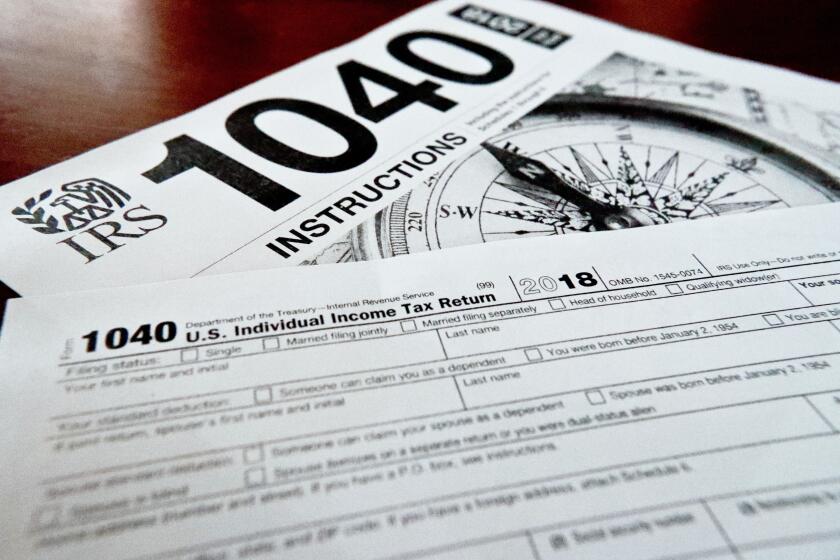Tech Savvy: How to manage your bulging email inbox
- Share via
I lost my entire day to email yesterday, and I bet you’ve had days like that too.
Recent studies found that the average employee spends a third of her workday dealing with email. On average, people receive 110 emails a day and double that in the office. It’s a huge time suck, and it’s expected to worsen as more people use email to communicate.
But you don’t have to succumb to the digital deluge. There are many simple steps you can take to manage the bulging inbox.
The first big step is to fend off superfluous email. For instance, if you don’t want to know what your Facebook friend is doing at the moment, change your notification settings by clicking on the arrow at the top of the screen. Click on “account settings” and then “notifications” on the far left of the screen. Click on Facebook and uncheck all the little boxes such as “tags you in a photo.”
And if you’re tired of newsletters and unsolicited emails from retailers, unsubscribe from them. There is usually an unsubscribe link at the bottom of the emails. Click on it and tell them not to send you any more.
You can also tell your email system to send certain emails directly to the trash bin so you don’t have to look at them. In Outlook you can do this by right-clicking on the email, clicking on the junk mail tab and adding the address to “blocked senders list.”
What to do with emails you want to keep and read?
Create an email filing system. One way is to create a folder called Old Email and move your entire inbox into it at the end of each day. You can still access the emails in this folder, but they won’t distract you each time you open your inbox to see new messages.
Mark Hurst, author of the book “Bit Literacy,” suggests you also create a To Do folder and move the emails that require action into it.
“The method is very simple: Separate your to do’s from the rest of your emails, so that you can work from a to do list, rather than an inbox,” which wasn’t designed to manage workflow, he said.
You might also consider subscribing to an email management service such as SaneBox that automatically prioritizes your email. SaneBox costs $5 a month and leaves only the emails it thinks you need to see immediately in your inbox, while gathering the remaining emails in another folder.
The service will send you an email (yes, another email) with a list of the other emails you have received throughout the day.
“The average inbox has only 42% that are important and 58% that are not important,” said Dmitri Leonov, a vice president at SaneBox. “Our users move things around a lot, but the split almost always remains the same.”
Finally, be smart about the emails you send. Use the phone to conduct business that requires a lot of back-and-forth discussion. Remember, the more emails you send, the more you receive.
More to Read
Inside the business of entertainment
The Wide Shot brings you news, analysis and insights on everything from streaming wars to production — and what it all means for the future.
You may occasionally receive promotional content from the Los Angeles Times.








